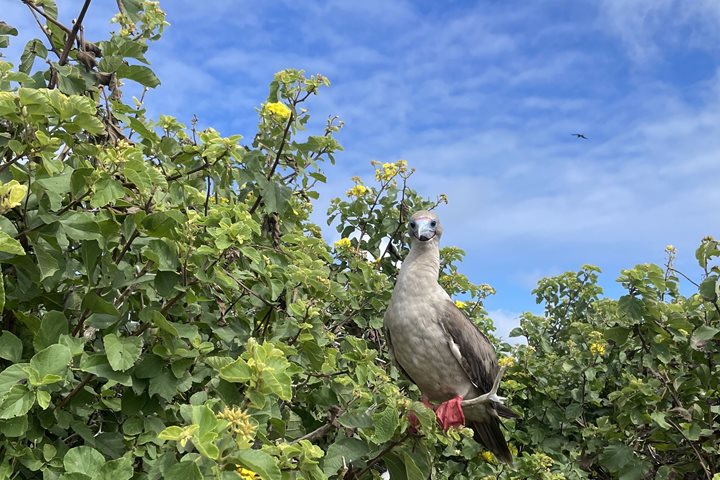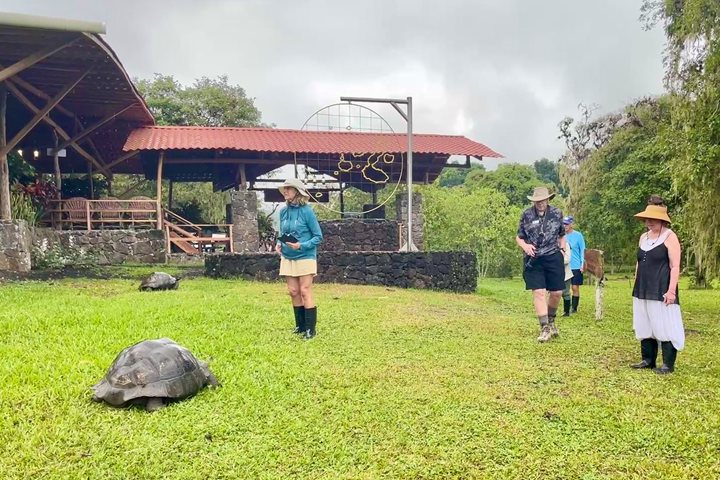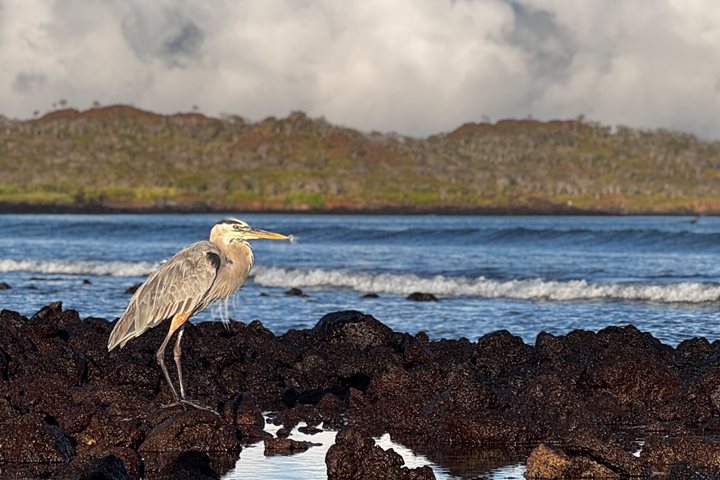It was our second day in the western part of the archipelago and we enjoyed great weather conditions. In the morning, we visited Urbina Bay, located at the base of the Alcedo Volcano; it is an amazing visitor site as this area was uplifted in 1954! We enjoyed observing the Galapágos land iguanas, the beautiful flowers, Darwin finches, and even one Alcedo giant tortoise. In the afternoon, the National Geographic Endeavour II was repositioned towards Tagus Cove, a historical site used by whalers; the HMS Beagle anchored here too. Our guests were delighted with several options: kayaking, paddleboards, snorkeling, a Zodiac ride along the coastal area, and an invigorating walk where the landscape is breathtaking! Great place, wonderful weather, and unique wildlife. What an awesome day!
5/29/2025
Read
National Geographic Gemini
Genovesa Island
Genovesa is considered one of the Galapagos crown jewels, and today it was showing off all of its splendor. Immediately after breakfast we put on our sturdy shoes and set out to explore Prince Philip’s Steps. This area is known for opportunities to observe not only large colonies of nesting Nazca and red-footed boobies, but maybe, just maybe, the short-eared owl which exhibits diurnal behavior on this island. After this walk we got ready for a dip in the Pacific Ocean and snorkeling along the inner coast of this caldera. The afternoon was equally amazing as we disembarked to explore Darwin Bay, along a short and easy trail that was packed with wildlife. Here we observed not only nesting frigatebirds, red-footed boobies, and Nazca boobies, but also a few yellow-crowned night herons. It was another incredible afternoon in the Galapagos Islands.







